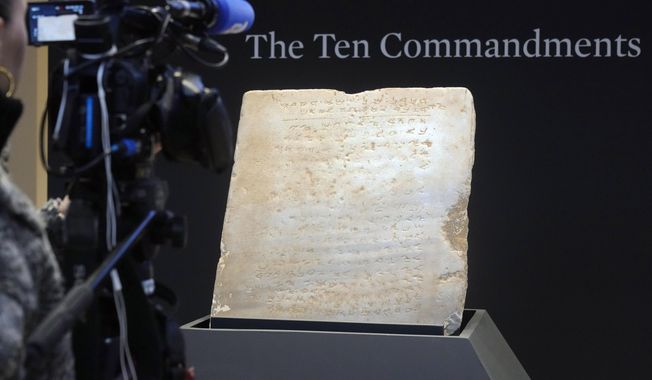
FILE- This undated image provided by the Smithsonian Institution shows Samuel Slater's Spinning frame that is part of the permanent collection of the Smithsonian’s National Museum of American History. Slater of Derbyshire, had apprenticed under a leading British industrialist. Figuring his prospects were brighter across the Atlantic, Slater disguised himself as a farmer, boarded a ship to the United States, signed on with a business owner in Rhode Island and replanted Britain’s cutting-edge cotton-spinning technology on American soil. In the United States, he was sometimes called “the father of the American Industrial Revolution.’’ (Eric Long/National Museum of American History, Smithsonian Institution via AP)
Featured Photo Galleries








Trump Transition: Here are the people Trump has picked for key positions so far
President-elect Donald Trump has announced a flurry of picks for his incoming administration. Get full coverage of the Trump transition from The Washingon Times.






